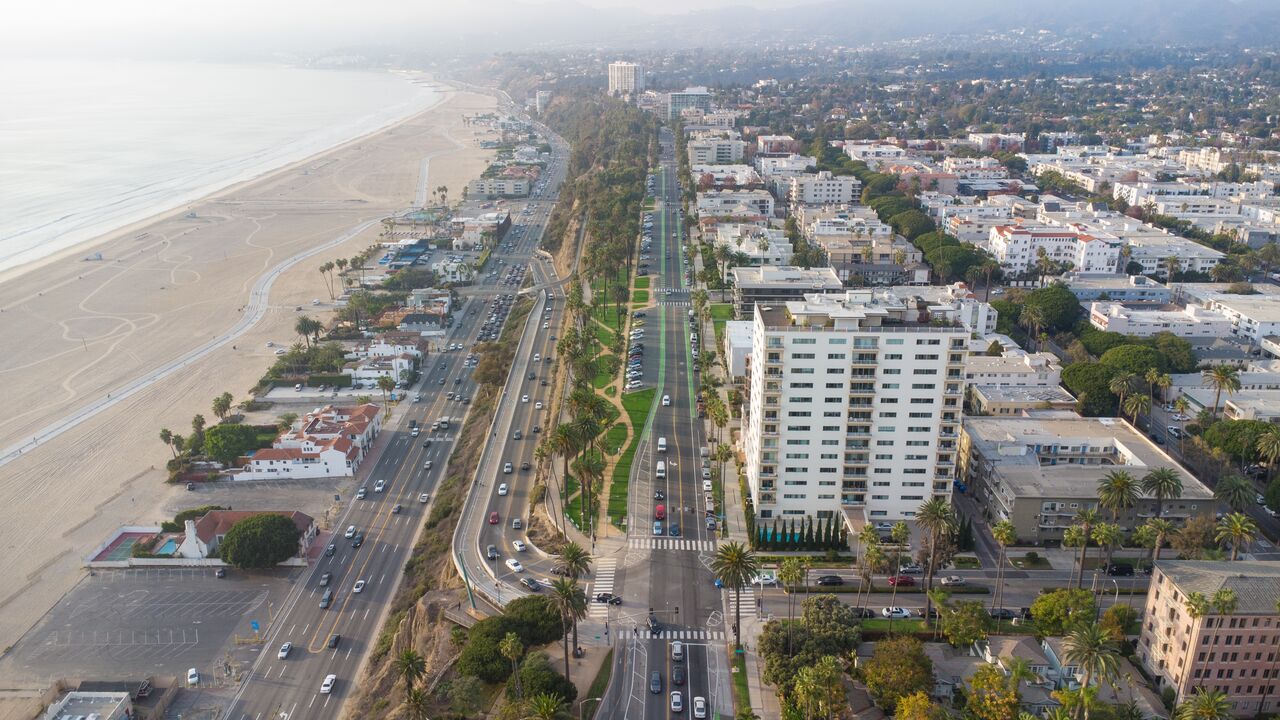By Michelle Gray
In an inaccurate and cruelly reductive piece, “Santa Monica—Dawn of the Downtown Dead Now Playing in Santa Monica”, commercial real estate developer and manager and current Housing Commission applicant Michael Jolly idealizes historic homelessness as more tolerable and unthreatening, warning us that today “dirty man-made monsters and criminals on the loose” (read: unhoused people) mark the “dawn of an apocalypse”.
While Jolly’s appreciation of local housing problems may be recent and uncomplicated, homelessness is an old and long-growing crisis sustained by multiple complex, systemic failures and more than a few bad or indifferent actors. While the number of homeless people has increased in recent years, it is neither new nor unique to Santa Monica.
It is, however, a monstrous experience.
Homelessness erodes the bodies and spirits of those without homes as well as the communities in which they struggle badly to survive. Jolly and others who malign homeless people speak to housed Santa Monicans’ real and justified fear, anger, and despair about worsening conditions here. But caricaturing homeless people as dirty monsters creates a tidy scapegoat for our complex problems; it does not solve them.
Was Jolly using a weak reference to popular culture as hyperbole to make his point? Yes. Was he throwing homeless people under the bus in the process? Yes.
Every unhoused person in Santa Monica deserves respect, consideration, and help, just as every housed Santa Monican deserves a safe and healthy community. We cannot affect the change we need at the expense of other people.
And objectifying central stakeholders in the complicated effort to alleviate homelessness is unproductive as well as unkind. Crime, safety, sanitation, hygiene, healthcare, and treatment all warrant discussion. But depictions that conflate unhoused people with crime, filth, poor hygiene, addiction, and illness impede all of us by obscuring crucial factors like disability and economic inequality that underlie homelessness.
Jolly’s willingness to dehumanize this entire group of struggling people undermines any authority his practical suggestions may have indicated, because it betrays a poor fundamental grasp of these underlying issues.
And Jolly’s article was dehumanizing. Not just by comparing homeless people to dangerous, unnatural beasts, but by personally taking and using sensitive, compromising photos of unhoused people (with no identification or apparent permission or interview request). Jolly’s photos betray his disconnection from unhoused people, and by using the photos, Jolly reveals his willingness to objectify vulnerable people for his own ends.
Homeless people are not props. Using them as such robs them of their personhood and removes them from the conversation, denying the community vital insight into a complicated problem and reinforcing narratives that perpetuate homelessness.
I say this as someone who was recently homeless for seven months due to complex, systemic barriers to housing in Santa Monica, including disability and source of income discrimination. I know firsthand that demonizing homeless people silences their diverse and useful voices. It prevents them from contributing valuable information, practical solutions, and more effectively redirected money and resources to the local community, harming everyone in Santa Monica—housed and unhoused.
It’s important to address Jolly’s fantastical and harmful misrepresentation of unhoused people because language and stories both reflect and reinforce our values and biases. Santa Monica deserves thoughtful, unbiased Housing Commissioners who help deepen our understanding of the complex problems we face, and facilitate lasting solutions. Jolly’s sensationalized fear-mongering reinforces our prejudices and distracts us from our goals; he’s not the representation Santa Monica needs.
—Michelle Gray, Santa Monica resident













